A Restorer’s Guide to an Old Town Otca Wood-Canvas Canoe
by Mike Elliott, Kettle River Canoes
email: artisan@canoeshop.ca
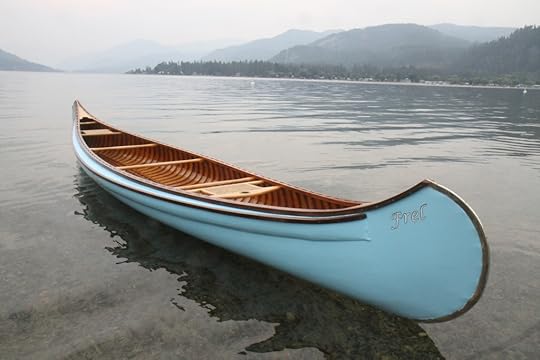
The brand name Old Town is synonymous with canvas-covered canoes in the United States. They are one of the only canoe companies to survive to the present day from their humble beginnings behind the Gray hardware store in Old Town, Maine, in 1898. George and Samuel Gray incorporated the Old Town Canoe Company in 1901. They were entrepreneurs who hired others to design and build their canoes. The company kept meticulous build records that are available through the Wooden Canoe Heritage Association (WCHA) online discussion forum (https://forums.wcha.org/forums/serial-number-search.3/). Note: All of the dimensions in this chapter are in feet and inches because those are the units used in the original catalogs.
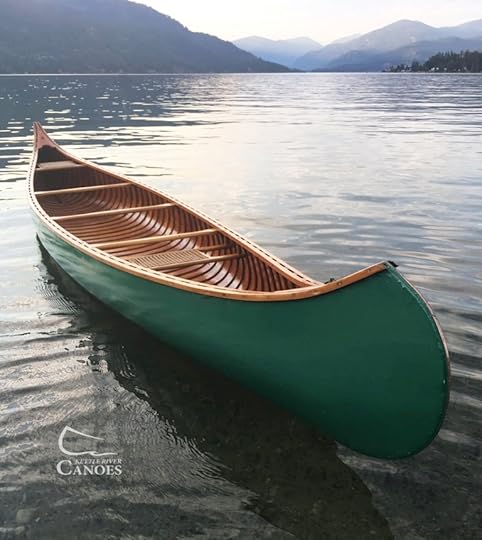
The Otca Model
The Otca was the best-selling of all the Old Town canoes. It was introduced in 1908, and began with a narrow hull (with a 34.5” beam in the 16’ length), and later adopted the wide, flat bottom of the Yankee model (36” beam in the 16’ length). According to the 1938 catalog, “The Otca model is the widest, deepest and roomiest. These features make it the steadiest, safest and most capacious canoe we build. The floor is flat and wide, and carries far into the ends. The sides are convex, thus producing a handsome tumblehome. . . This model is not designed for speed but comfort, safety and fine appearance.”
The Otca caters to novice canoeists, and those looking for a leisurely day on the water. Rocker is minimal at the ends, so it tracks very well. As a friend explained, “It goes in a straight line. If you want to turn, just paddle until you reach the opposite side of the lake, get out, turn the canoe around, and head back.”
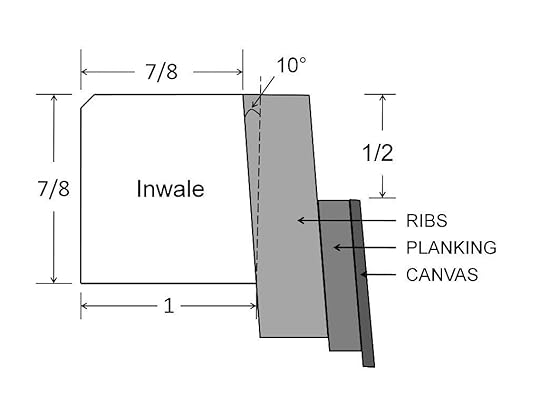
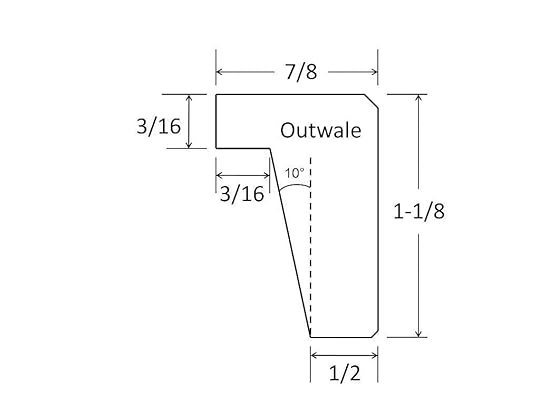
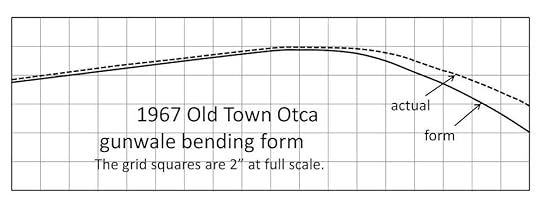
Gunwales – Depending on the grade, the inwales are made of either spruce or mahogany. The ends are tapered to 1/8” wide. Again depending on the grade, the outwales are made of either spruce or mahogany. The elegant upswept ends of the gunwales require steam bending on dedicated forms prior to installation.
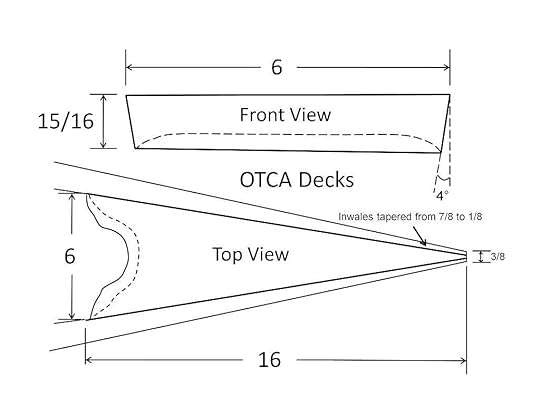
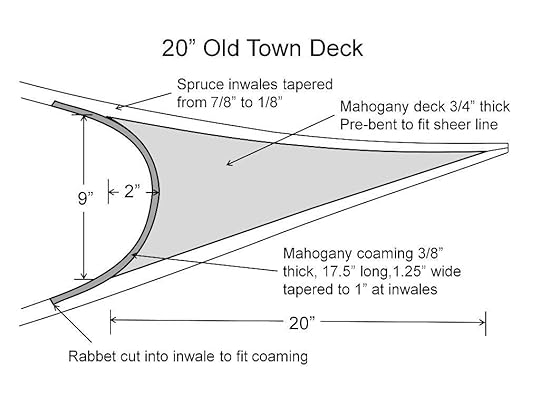
Decks – The Otca decks were either 16″ long with an ogee shape at the base or 20″ solid mahogany decks with a low coaming covering the end grain.

Stem Tops – It is unlikely you will ever have to replace the entire stem. However, I rarely see an original stem top that is not partially or completely rotted away. The stem profile is curved, which means that repairs require steam bending the stem material first.
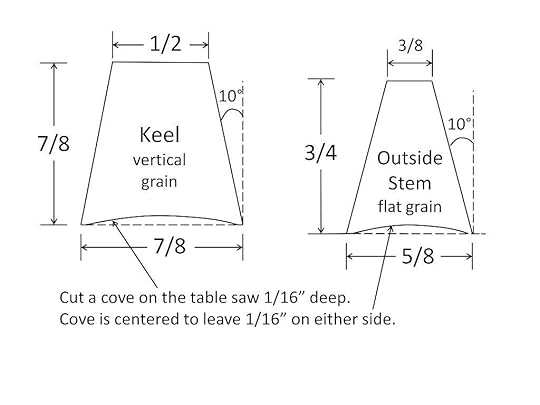
Keel
– The keel is made of vertical-grain white oak, and has a 1/16″ cove at the base. If the canoe is fitted with outside stems, the keel tapers gradually to join with them at each end. Otherwise, the ends taper to 3/8″ wide while the height feathers gradually to nothing.
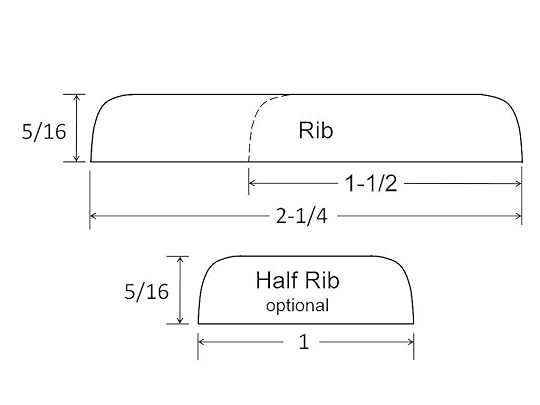
Ribs – The ribs are 5/16” thick, and 2.25” wide. The top edges are rounded off. The rib tops are tapered gradually to 1.25” wide on the side closest to the center of the canoe. Some Old Town canoes are fitted with half ribs between the regular ribs. They are 5/16″ thick and 1″ wide.

Planking – Old Town Canoe Company planking is edge-grain Western red cedar 3.75” wide and 5/32” thick.
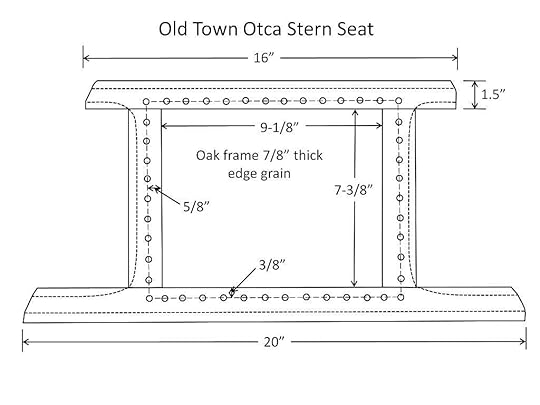
Seats – Otca seats have hand-woven cane in white oak frames. Corner holes are sometimes present and sometimes not. The weave pattern varies since the seat caning was contracted to outside sources, each of which used their own patterns. The pattern used most often is a standard 6-stage warp-and-weft pattern with 3 mm natural cane (rattan). The seats are hung from the inwales with 4” #10-24 silicon bronze carriage bolts, and use hardwood dowels as spacers.
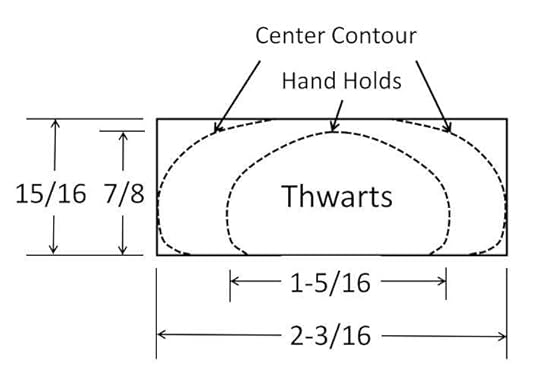
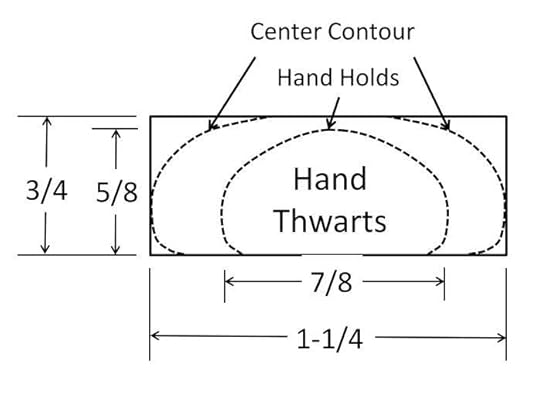
Thwarts – Old Town Canoe Company thwarts are beautiful, with smooth shaping and elegant form throughout. The thwarts are made of either mahogany or white oak 7/8” (22 mm) thick and are 2-3/16” (54 mm) wide. Hand thwarts at each end like small thwarts. They are 1.25″ wide and 3/4″ thick.
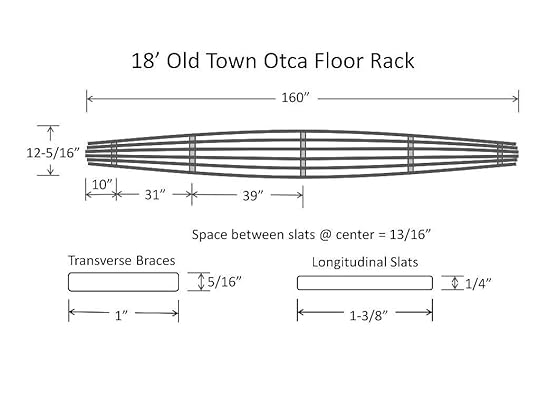
Floor Rack – The floor rack was an option that was regularly included in the Otca model. It is made of fir and consists of six longitudinal slats 1-3/8″ wide and 1/4″ thick. Five transverse braces are 1″ wide and 5/16″ thick.
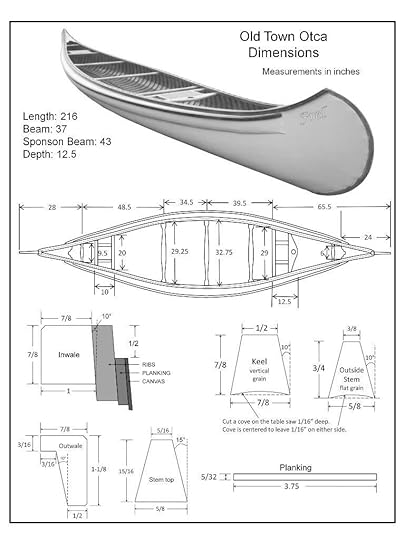
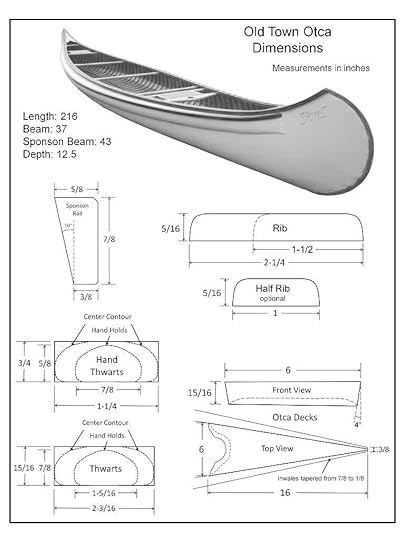
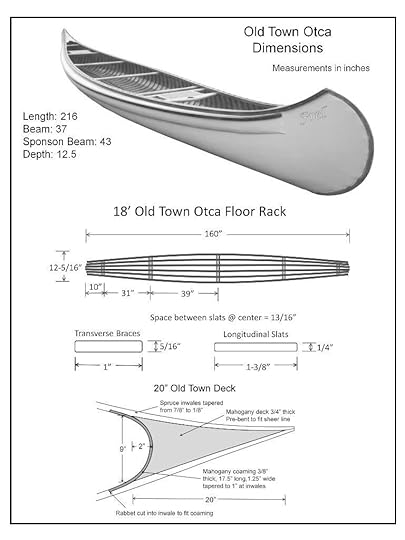
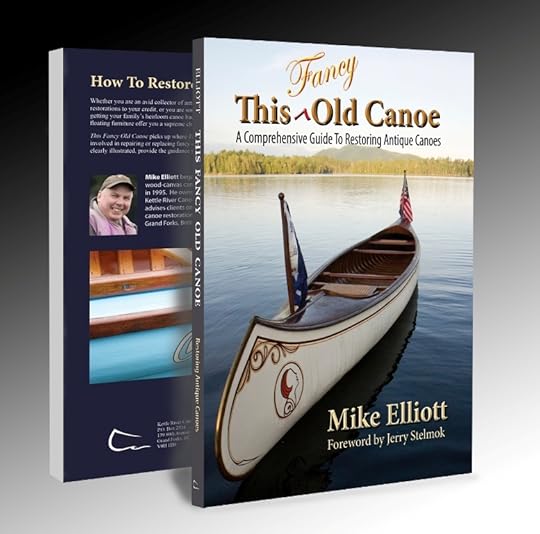
All of this (and much more) is described in my book – This Fancy Old Canoe: A Comprehensive Guide to Restoring Antique Canoes.
If you live in Canada, CLICK HERE to buy the book.
If you live in the USA, CLICK HERE to buy the book.
If you live in the UK, CLICK HERE to buy the book.
Si vous habitez en France, CLIQUEZ ICI acheter le livre.
Post a review on Amazon, Goodreads, and any other review site.



